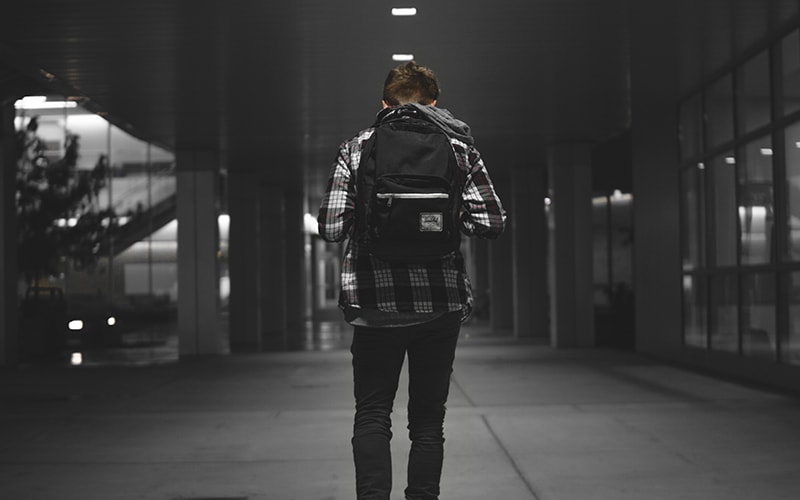Back to School Like Never Before

As college students finish gearing up for the new school year, the usual late-August concerns – Did I buy the right books? Do I know how to get to all my classes? – seem quaint in comparison to the unprecedented uncertainty that COVID will bring to the fall semester.
For the communications departments of our colleges and universities across the country, the students are but one audience among several key constituencies that require separate, ongoing communications strategies tailored to their distinct needs and concerns.
Here are the primary audiences for whom colleges and universities must maintain unique, COVID-specific communications microstrategies throughout the semester (and beyond).
Students
While much work has already been done communicating to this audience about the myriad operational changes they will face as they return to campus, clear and consistent communication around safety precautions – both the required and the strongly encouraged – will play a critical role in reducing the risk of outbreak.
The tone of this communication is everything, however, as the need to encourage vigilance competes with the desire to instill and maintain confidence and optimism.
The University of South Carolina has effectively utilized social media to convert an obligatory safety message into an inspiring call for solidarity, leveraging the hashtag “IPledgeColumbia” to ask students to take the pledge that they will do their part to protect themselves and others by following a series of public health guidelines.
Parents
While more than one out of every four U.S. colleges plans to begin fall classes entirely or mostly online, many schools are resuming in-person instruction and reopening their dorms. And for the parents of students returning (or otherwise heading off) to campus, the safety of their children will be of overwhelming concern.
This is where regular, ongoing updates about the situation on campus will go a long way toward easing worried minds. If all goes well on campus and no new cases are being reported, this good news should be communicated frequently. (Indeed, the repetitiveness of communicating “there are still no new cases” week after week will be a great problem to have.) Likewise, if cases do crop up on campus, this information must be proactively communicated by the institution, along with decisive, reassuring information about the steps the school is taking to mitigate further spread.
Educators and staff
This group might be the most significantly impacted by COVID-related disruption. They will have already endured considerable hardship and anxiety before the first day of classes begins, as they’ve been forced to make major adjustments to their life and work, all while – especially for untenured professors – the specter of being laid off has loomed large. Indeed, approximately 225 institutions across the country have either not renewed employment contracts or announced layoffs and furloughs, according to the The Chronicle of Higher Education’s layoffs tracker.
As if that weren’t enough, educators returning to campus will also face heightened health and safety concerns compared to those of students, as they tend to be older and, therefore, at greater risk.
For this audience, many of the priorities mentioned above – ongoing education around safety precautions, regular updates that communicate the institution’s progress toward containing any outbreaks, etc. – are equally relevant here. But opportunities should also be taken, whenever and wherever possible, to celebrate this group, and to thank them for the very real risks they’re enduring by coming back to campus.
The community at large
The local communities surrounding our reopening colleges and universities will feel a unique type of anxiety all their own. As Yasha Mounk, an associate professor at Johns Hopkins University, recently wrote in The Atlantic:
“If colleges reopen, kids from parts of the country with high case counts will, inevitably, travel to parts of the country with low case counts—and bring their home-state problems with them. This is why the biggest threat posed by reopening colleges is not to students, faculty, or staff, but to the surrounding community.”
Lines of communication must remain open to the community at large. In many markets, local print and broadcast media will be an invaluable conduit for delivering messages from the institution. But social media can often provide a more direct channel, and both paid and organic social media tactics can effectively deliver timely news and updates to the community. Email and SMS messaging capabilities should also be considered for more immediate, time-sensitive news and information.
There are, of course, other audience segments – alumni, donors, policymakers, etc. – that mustn’t be ignored. But the above groups represent those set to be most impacted by COVID’s disruptions to school operations and, as such, must be prioritized accordingly.
